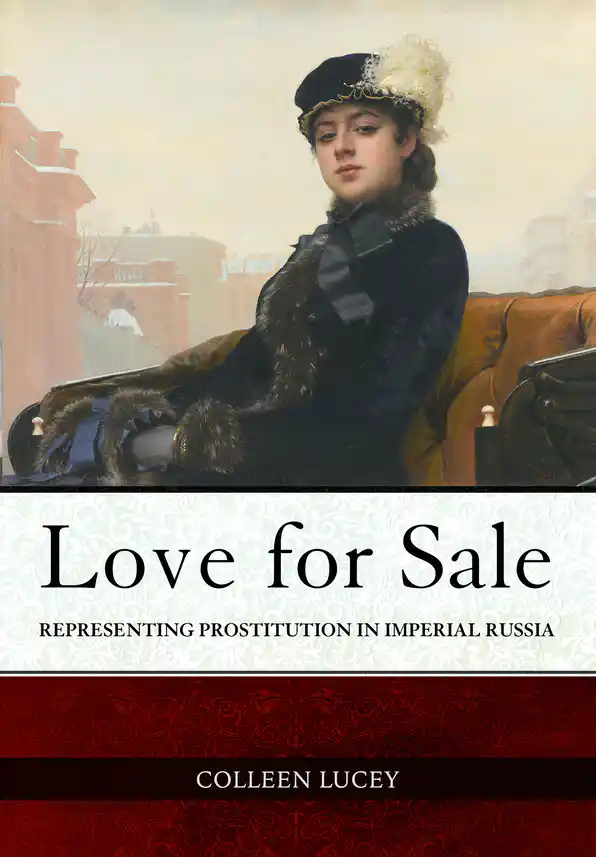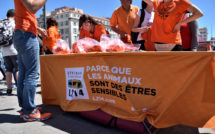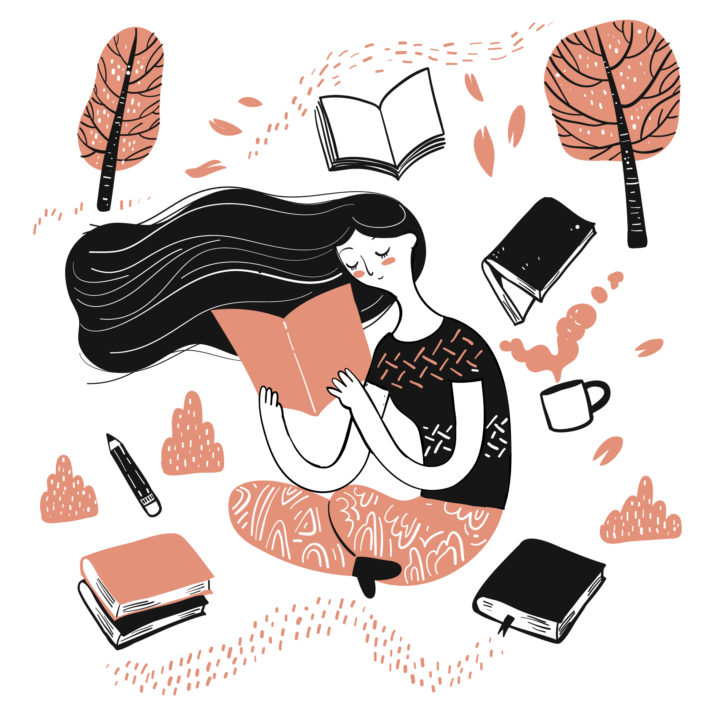
Love for Sale: Representing Prostitution in Imperial Russia
By Colleen Lucey
Publisher: Northern Illinois University Press
Recommended by Emily Schuckman Matthews
Colleen Lucey’s Love for Sale: Representing Prostitution in Imperial Russia examines the portrayal of commercial sex in the literature and visual culture of Tsarist Russia. Lucey’s interdisciplinary approach to the subject offers the reader a comprehensive understanding of the key characterizations and tropes associated with fictional sex workers, contextualizing her close readings of literature and art within the lived realities for individuals in the sex industry during that time. Each chapter offers the reader insights into such topics as prostitution in St. Petersburg, official regulation of commercial sex, the milieus of elite prostitutes and kept women, and depictions of the madam and the brothel. Lucey offers fresh takes on iconic authors such as Dostoevsky and Tolstoy, but also introduces the reader to lesser-known female authors and a wide range of new visual materials from the archives. Throughout the text, Lucey draws on themes of performance, gender, changing attitudes toward sex, and women’s evolving place in Russian society. The text also highlights the relevance of these themes to the present day by making explicit connections between the issues explored by artists in Imperial Russia to debates about women, sexuality, and morality in contemporary Russia.
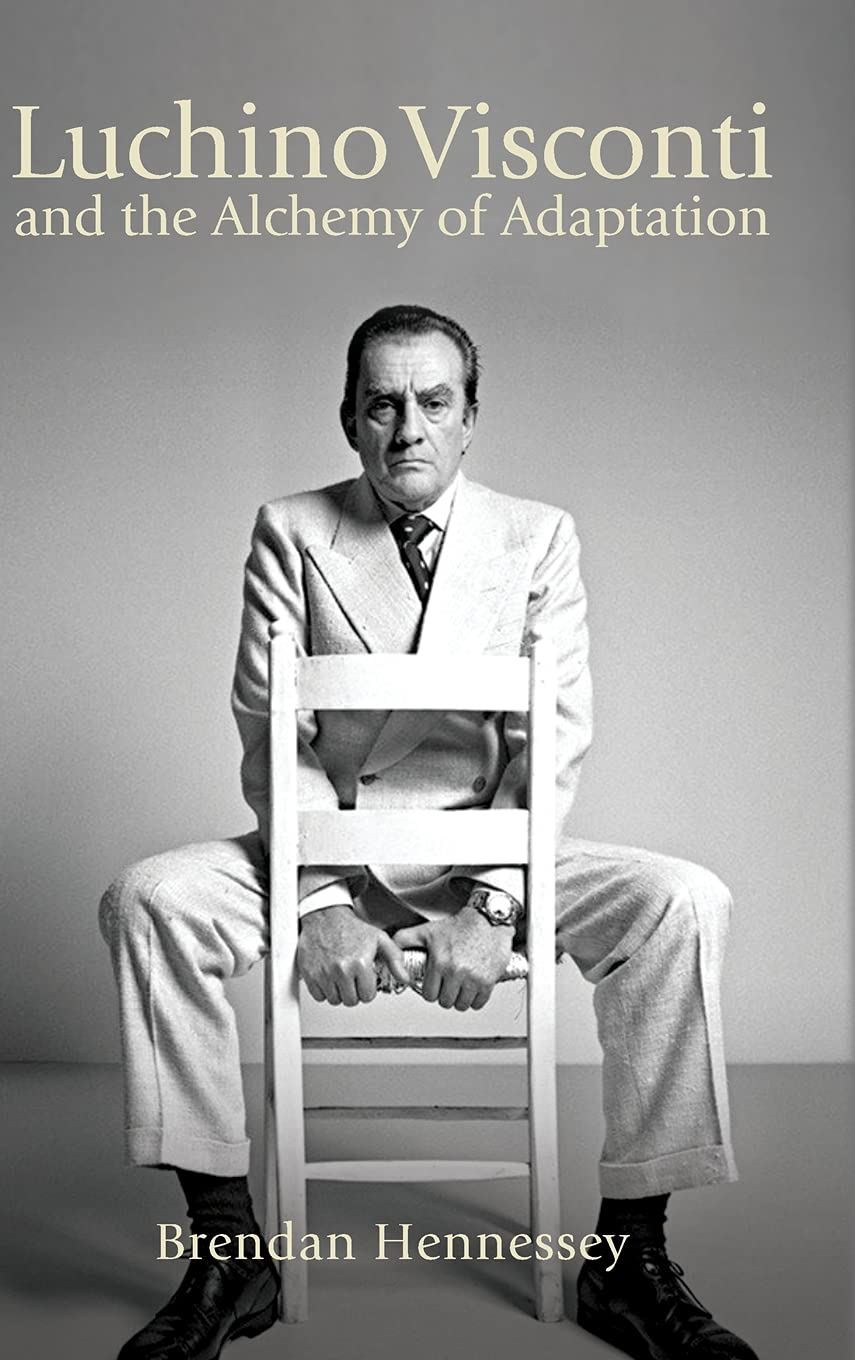 Luchino Visconti and the Alchemy of Adaptation
Luchino Visconti and the Alchemy of Adaptation
By Brendan Hennessey
Publisher: State University of New York Press
Recommended by Temenuga Trifonova
Although much has been written about Luchino Visconti as a filmmaker, no study has yet examined the relationship between his films and their literary sources. Brendan Hennessey’s book Luchino Visconti and the Alchemy of Adaptation fills this gap in the critical literature by situating Visconti’s “polyphonic” films—which draw on theatre, literature, painting, and opera—in the context of historical debates, ranging from the silent cinema period to the present, on the nature and purpose of films adaptation. The relationship of cinema to the other arts was a hot subject of debate during the silent era, with critics like Ricciotto Canudo, writers like Gabriele D’Annunzio, and futurists like Filippo Marinetti celebrating cinema as “poliexpressive symphony” or gesamtkunstwerk (total work of art) even as many literary authors blamed filmmakers for plundering the world of literature in search of subject matter, thus perpetuating the essentialism of medium-specificity arguments as old as Lessing’s division of the arts in his 1776 essay “Laocoon.” While Hennesseyacknowledges that Visconti’s films might signal any number of literary, political, and historical works and authors, illustrating the concept of adaptation as a form of intertextuality, intermediality or transmediality, he departs from such post-structuralist readings of adaptation, seeking instead to recover the particular features of adaptation that distinguish it from these broader categories and foregrounding novels as Visconti’s primary points of reference. In the course of the book Hennessey situates Visconti’s films in the context of postwar neorealist critiques of adaptations as being synonymous with “calligraphist” films—adaptations, mostly melodramas set in bourgeois and/or historical settings, made during the late fascist period—and shows how Visconti was generally sheltered from such critiques thanks to his Marxist leanings. Hennessey contends that the emphasis in critical studies of Visconti on Gramsci’s influence has overshadowed the equally important connection to Proust, with whom Visconti shared many biographical elements (aristocratic background, homosexual identification) and themes (memory and nostalgia), as well as the significance of generic conventions in Visconti’s adaptations, which draw on a wide range of genres, from melodrama, noir and documentary to Italian heritage cinema, the giallo, and legal dramas.
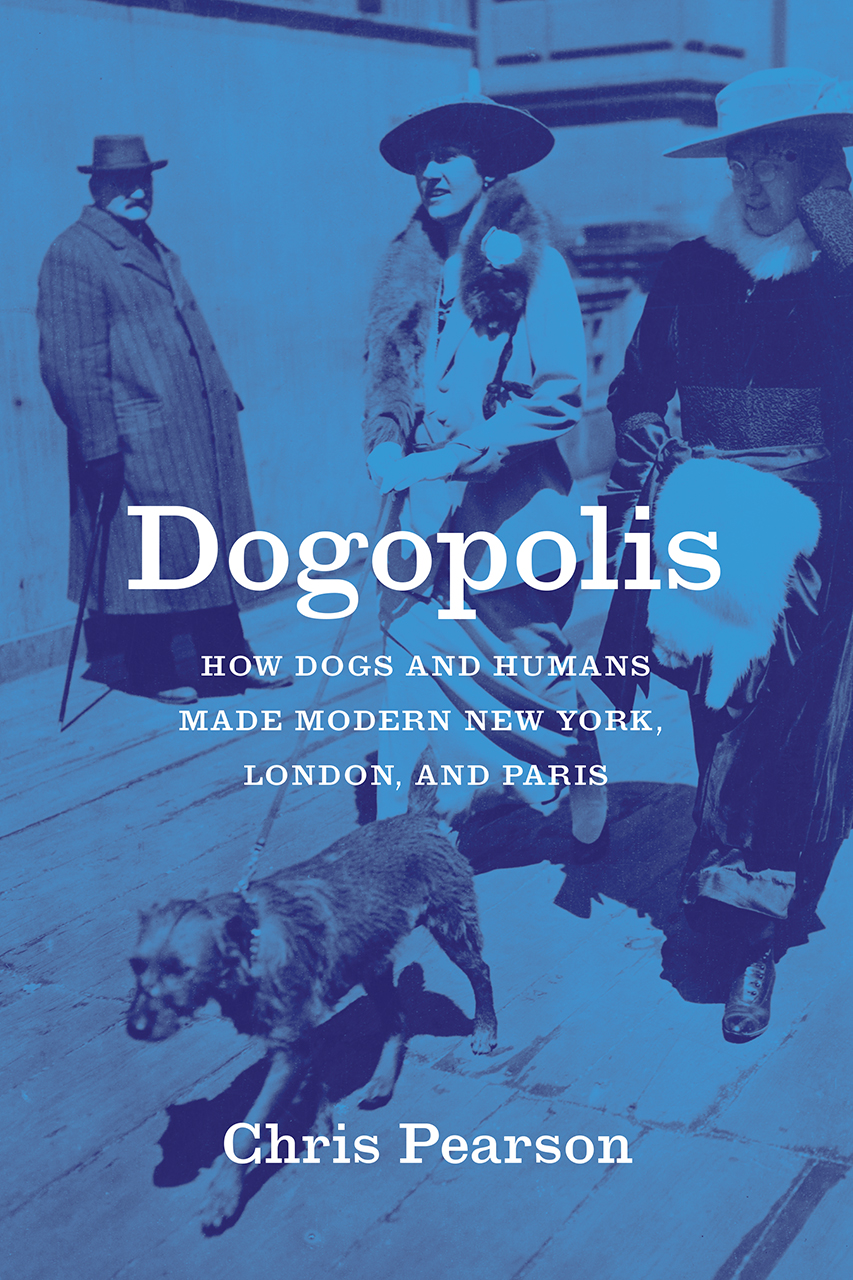 Dogopolis: How Dogs and Humans Made Modern New York, London, and Paris
Dogopolis: How Dogs and Humans Made Modern New York, London, and Paris
By Chris Pearson
Publisher: The University of Chicago Press
Recommended by Hélène B. Ducros
In his latest book, Chris Pearson contrasts Paris, London, and New York as sites where “Dogopolis” emerged at the turn of the twentieth century. Defined as a “model of Western human-canine relations,” Dogopolis is anchored in fin-de-siècle urbanization and the rise of a middle-class ridden with anxieties about urban life. In this context, dogs appear as both sources and answers to this unease. Pearson shows how dogs partake in the making of the metropolis as they, on one hand, cause some of the urban angst, while on the other hand they appease it. His focus on bourgeois ambivalent responses to the city stages a web of two-way emotion making with regard to canine presence: disgust vs compassion, anxiety vs gratitude, love vs annoyance. While dogs stray, defecate, and bite at a time when the hygienist movement is taking hold, they also generate and allow feelings of love, care, domesticity, and security. As the city develops, dogs then “soak up the emotional intensity of urban life,” in effect becoming actors in the tug between progress and tradition in the modernizing urbanscape. At the same time as urban modernity creates Dogopolis, it is itself a product of Dogopolis.
In picking New York, London, and Paris, the book accentuates how these three cities have been at the center of flows of people and ideas (and dogs) since the end of the nineteenth century, shaping an early common culture of transnational middle class networks and “canine cosmopolitanism” through their global influence. Comparing the experience and integration of dogs in an American, British, and continental European flagship city, and more generally assessing their management of animals in urban public and domestic spaces, provides a useful lens to explore urban life more widely. In particular, questions of inclusion and exclusion cast light on issues of class and race, for example in the discussion on filth, vagabondage, and crime. The story of the canine city and the opposition between dog keepers/lovers and those averse to urban dogs also triggers thought-provoking debates about an early humanitarian ethos towards animal suffering. This original, accessible, and well-researched book is a compelling addition to the literature on urban history from a nonhuman perspective. It will undoubtedly also appeal to scholars in fields such as animal geography and urban ecology, and anyone drawn towards a more-than-human reflection for a better understanding of human-animal entanglements.

